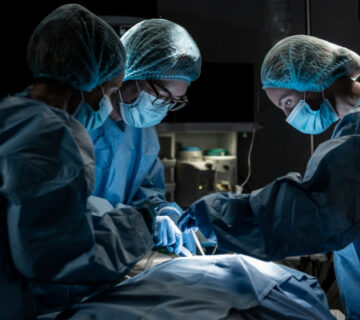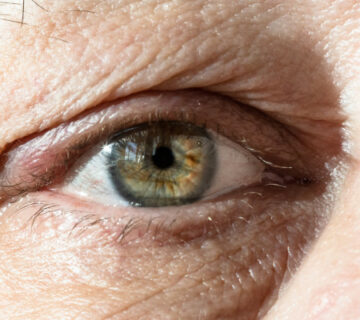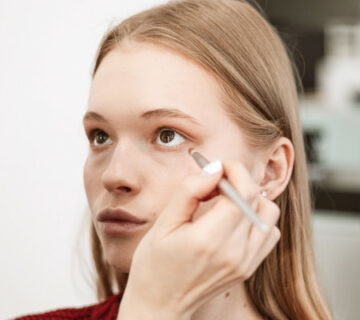
What are the steps of an eyelid surgery procedure?
- The patient is given anesthesia which can be either local or general.
- The surgeon makes an incision in the upper or lower lid, depending on the type of surgery.
- The surgeon removes excess fat and skin from the eyelid.
- The surgeon sutures the incision closed and applies an ointment to the wound.
- The patient is monitored for a few hours post-surgery to ensure that no complications arise.
- The patient is given instructions on how to care for the wound and reduce swelling.
- The patient is given follow-up appointments to monitor healing and check for any potential complications.
- After sufficient healing, the sutures are removed and the patient is free to resume normal activities.






